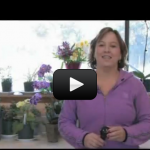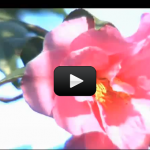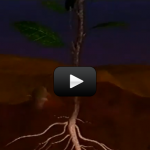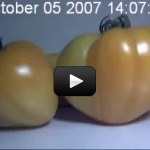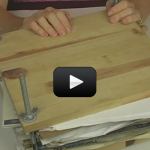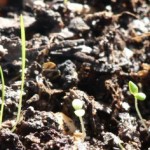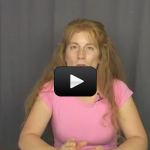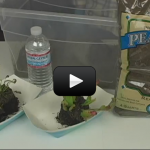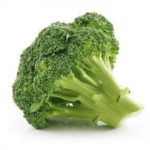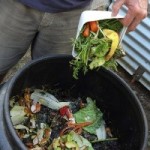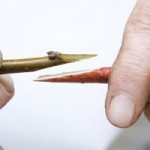From the bushes outside your window, to the tree that produced the apple you had with lunch, to moss on a log, plants are all around us. In this section, you will learn all about plants including their parts and methods of reproduction and survival. You will see that although all plants have some things in common, there are many different kinds of plants. You will also see that plants have an impact on their environment, and that they are affected by their environment as well.
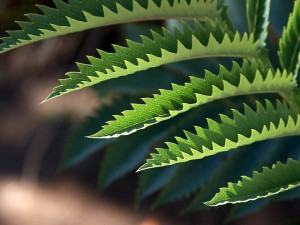
When you think about all the times you interact with plants during your life, you can see how important it is to understand them! At the end of this section, you will know:
- What makes something a plant
- Important structures that many plants have, and what they do
- The major groups of plants
- How plants reproduce
- The role of flowers in plant reproduction
- How plants are helpful to people


